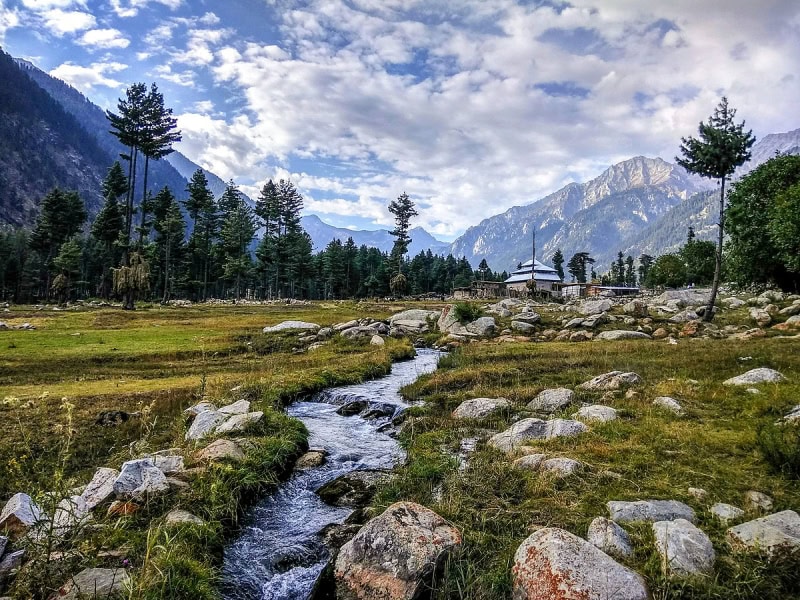Kumrat Valley is a natural gem. It’s a place that puts Pakistan’s tourism scene on the same level as any other well-traveled country. It’s a place that provides not only peace but adventure and thrill as well.
Knowing the details such as travel routes, the best time to visit, hotels, and destinations is important before you plan your trip to Kumrat. This guide contains all that and more.
Table of Contents
How to Get to Kumrat Valley?
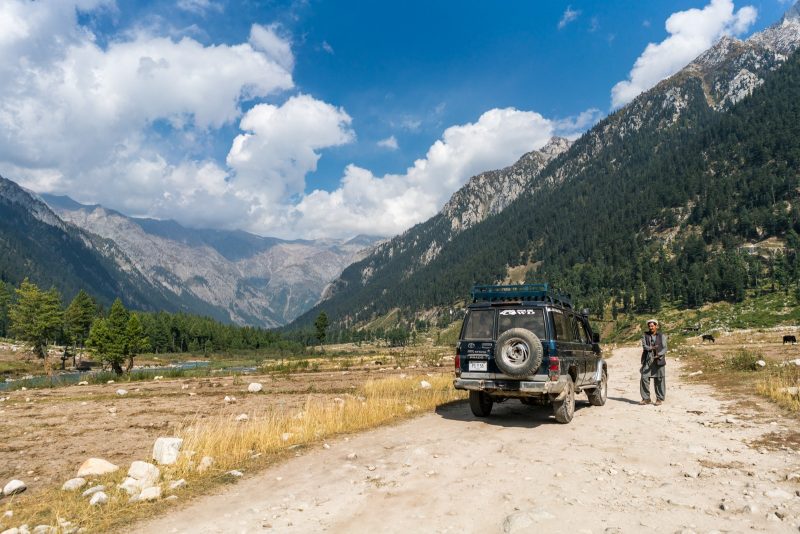
Kumrat Valley is located in the Upper Dir District of Khyber Pakhtunkhwa Province, Pakistan. It is a hidden gem that beckons travelers with its breathtaking landscapes, lush green meadows, and the peaceful flow of the Panjkora River. Its secluded charm makes the journey just as much an adventure as the destination itself. Whether you’re traveling from Islamabad, Swat Valley, or another city, the route to Kumrat offer diverse experiences that highlight the rugged beauty of northern Pakistan.
Islamabad to Kumrat Valley
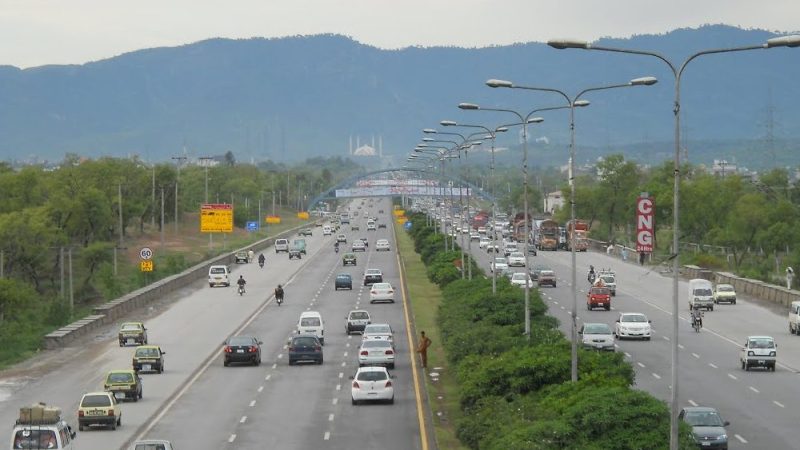
For most travelers, the journey to Kumrat begins in Islamabad, where the drive to Thal, a gateway town to Kumrat, takes approximately 6-7 hours. Starting on the M2 Motorway towards Peshawar, you’ll transition onto the M1 Motorway, passing through historic towns and landscapes that grow increasingly mountainous as you approach Khyber Pakhtunkhwa. After reaching Mardan, you’ll continue on a scenic route towards Upper Dir, crossing the iconic Malakand Pass. Along the way, picturesque spots like Batkhela and Chakdara enhance the beauty of the drive.
From Chakdara, the route to Thall leads through Timergara and Dir Upper, eventually guiding you to the outskirts of Kumrat. Upon reaching Thall, the last leg of your journey requires a sturdy 4×4 vehicle, as the 45 km track to Kumrat is rough, rocky, and dotted with water crossings. This off-road drive takes around 2 hours, but the enchanting forested path will keep you captivated.
Lahore to Kumrat Valley
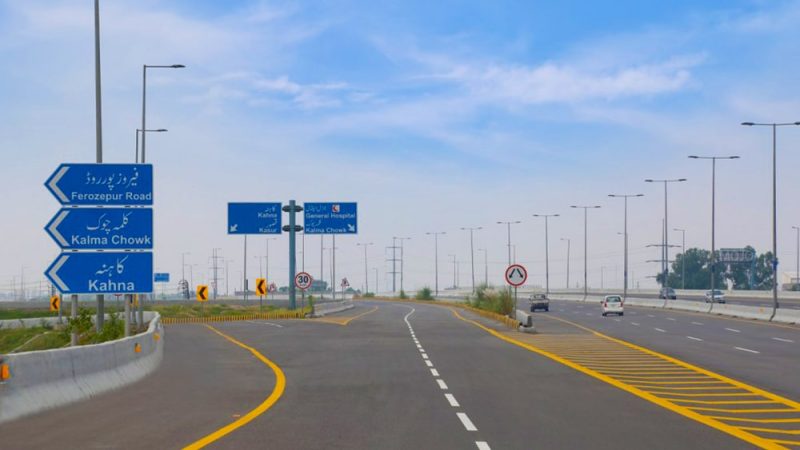
For those traveling from the city of gardens, the journey stretches to about 10-12 hours, covering roughly 690 kilometers. Starting on the M2 Motorway, you’ll pass through Islamabad before following the same route towards Thal. The alternative option is to break up the journey by flying to Islamabad and continuing by road, which may reduce travel time and fatigue.
Swat to Kumrat Valley
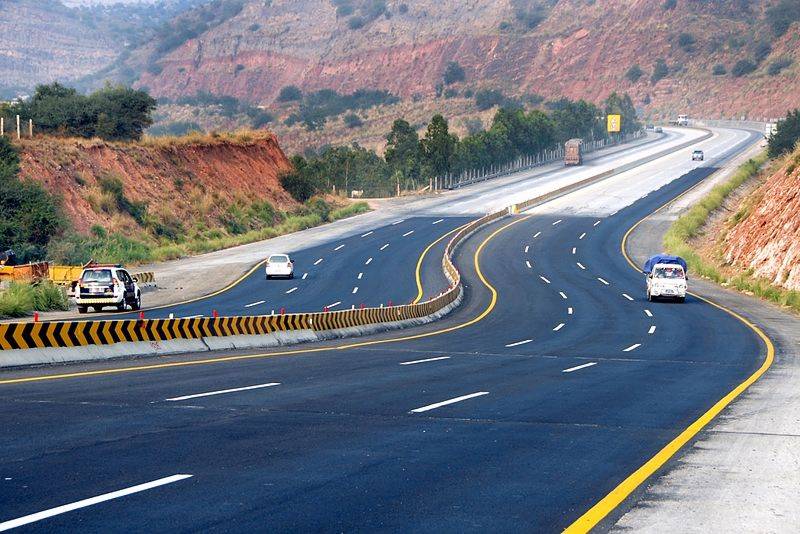
An adventurous route from Swat Valley to Kumrat takes you across the rugged Badgoi Pass. The 80-kilometer drive from Kalam to the nearest town to Kumrat via the pass is a thrilling journey over steep, rocky terrain, best suited for those with a penchant for adventure. Though challenging, the drive offers spectacular views of the surrounding valleys and snow-capped peaks, making the effort worthwhile.
Flight to Chitral
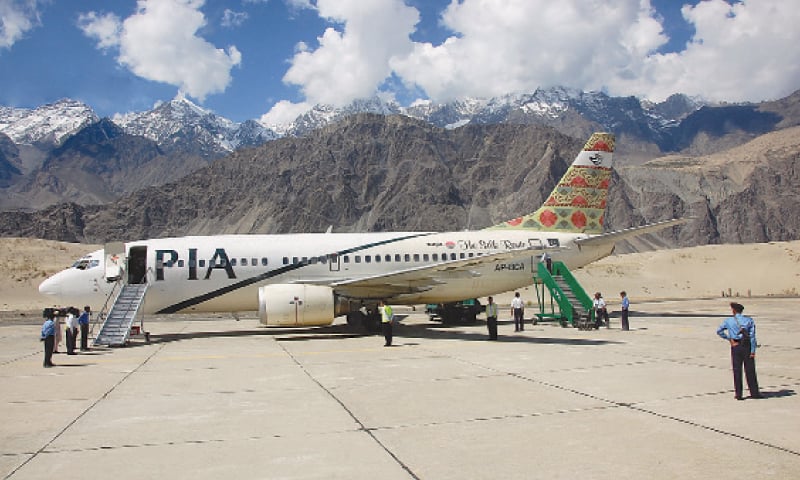
For a more scenic and leisurely approach, some travelers opt for a flight from Islamabad to Chitral, followed by a road trip to Thall. This route not only offers aerial views of Northern Pakistan but also provides an opportunity to explore Chitral before heading to Kumrat Valley. Whether by air or land, the journey promises stunning views and an unforgettable adventure into one of Pakistan’s most picturesque valleys.
Tourist Attractions in Kumrat Valley
Panjkora River: The Heart of Kumrat
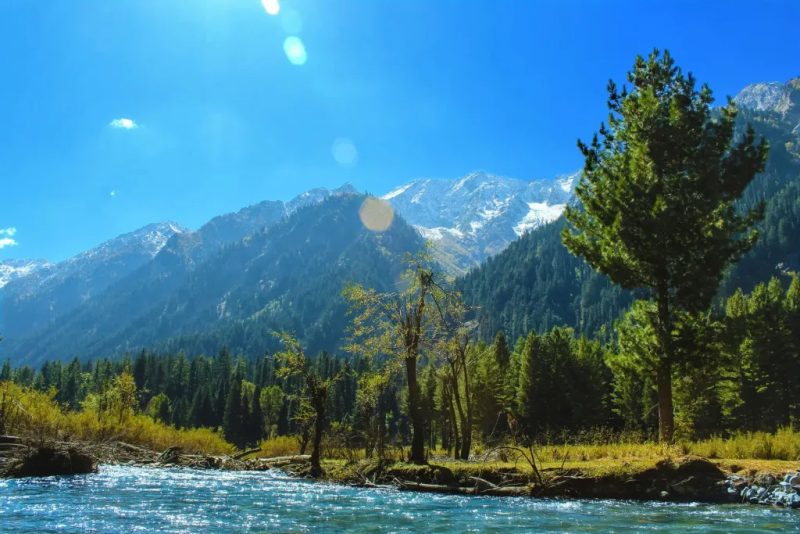
The Panjkora River runs through the valley, offering visitors a peaceful retreat along its banks. Whether you want to fish, raft, or simply relax by the water, this river adds a refreshing element to the experience. Its origin from the Hindu Kush mountains ensures that the river remains clear and cool year-round, making it a perfect spot for both adventure and relaxation.
Jahaz Banda Waterfalls: A Must-See
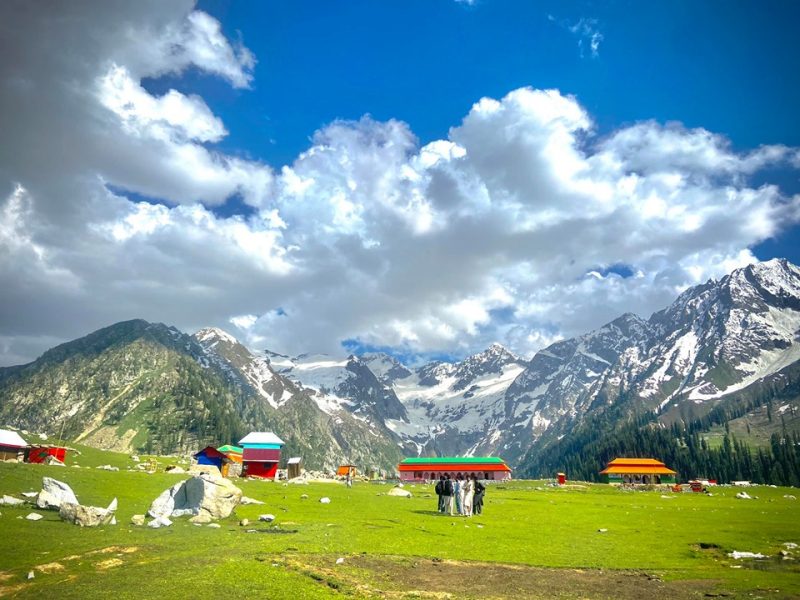
The Jahaz Banda falls are a sight to behold. Reaching them involves a short hike, but the view is worth every step. The water cascades from great heights, and the mist creates a cool atmosphere. Located at a high altitude, this water fall is one of the most impressive in the valley, attracting visitors for its raw, untamed beauty.
Katora Lake: A Hidden Treasure
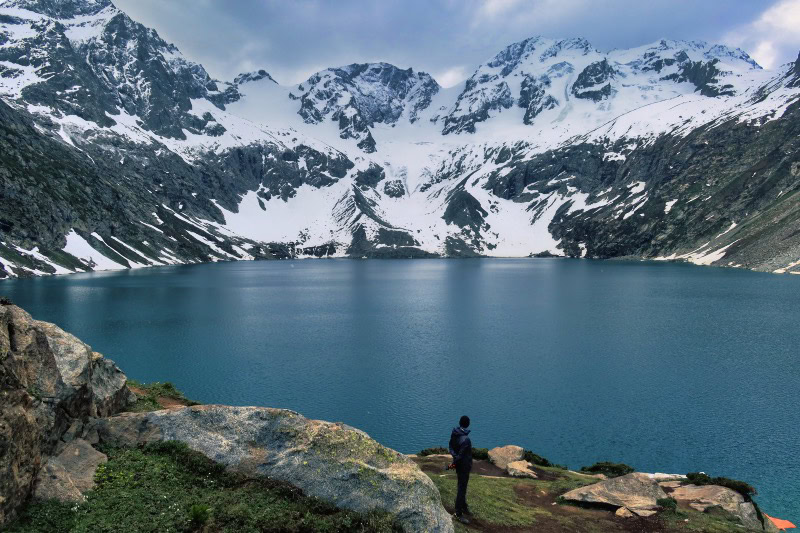
Katora-Lake, with its unique bowl shape, sits at the base of the mountains near Jahaz Banda. The hike to this lake is demanding, but the clear, reflective waters reward the effort. Its high-altitude location and crystal-clear appearance give it a magical feel, making it a top charms for trekkers and nature lovers.
Do Kala Chasma: Where Streams Meet
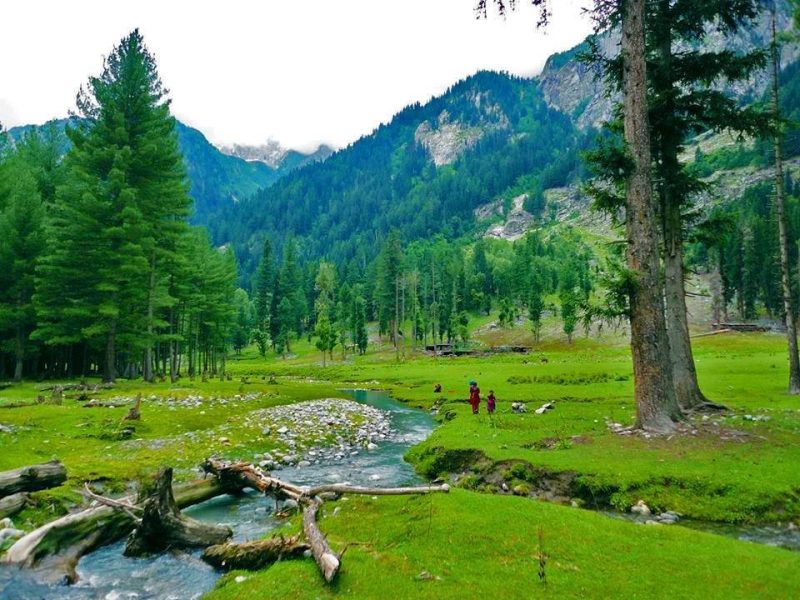
Do Kala Chasma is a peaceful spot where two streams come together. It’s a quiet, less crowded area ideal for picnics or hiking. With simple trails suitable for all levels, this location offers an opportunity to experience the valley’s tranquility in its purest form.
Kund Banda: Nature’s Untouched Escape
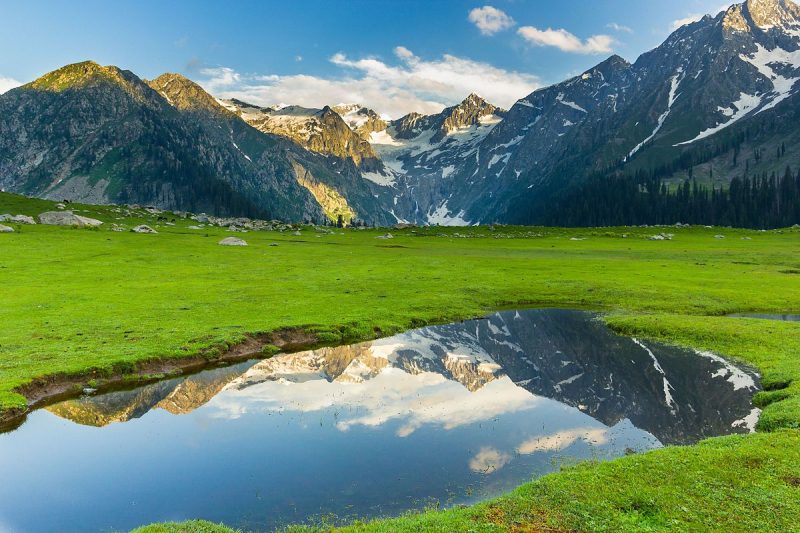
Kund Banda is a serene valley near Jahaz Banda. Known for its quiet and undisturbed beauty, it’s perfect for those who want to escape the busier spots in Kumrat. Here, you can enjoy the calm environment, take in views of surrounding peaks, or camp by the small lake, making it a peaceful getaway.
What is the Best Time to Visit Kumrat Valley?
Choosing the right time to visit Kumrat ensures a trip filled with beautiful memories and seamless experiences. Each season in this valley brings a different charm, making it crucial to plan ahead.
Spring and Summer (May to September):
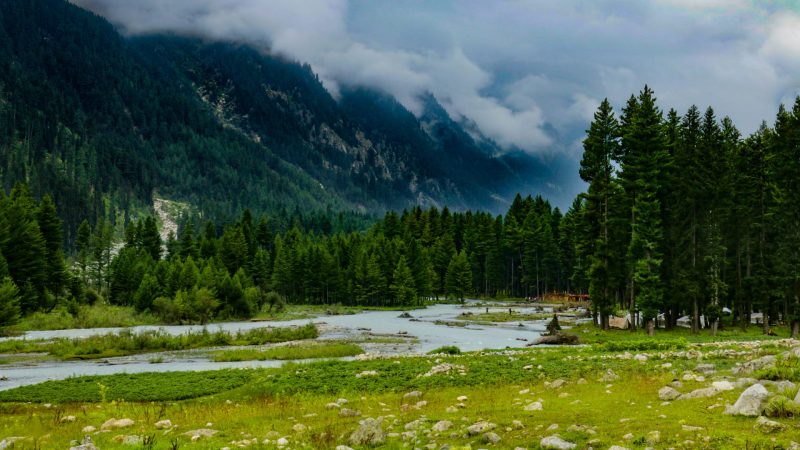
Spring and summer are undoubtedly the best times to explore Kumrat. During these months, the weather stays mild, with daytime temperatures hovering around 15°C to 25°C. The valley’s greenery is at its peak, creating an inviting atmosphere for trekking, sightseeing, and camping. The Panjkora River flows freely, perfect for rafting or relaxing by its banks. Trails to places like Katora-Lake and Jahaz-Banda falls are also accessible, offering visitors a rewarding adventure through Kumrat’s natural wonders. Evenings can be cooler, so it’s wise to pack extra layers.
Fall (October):
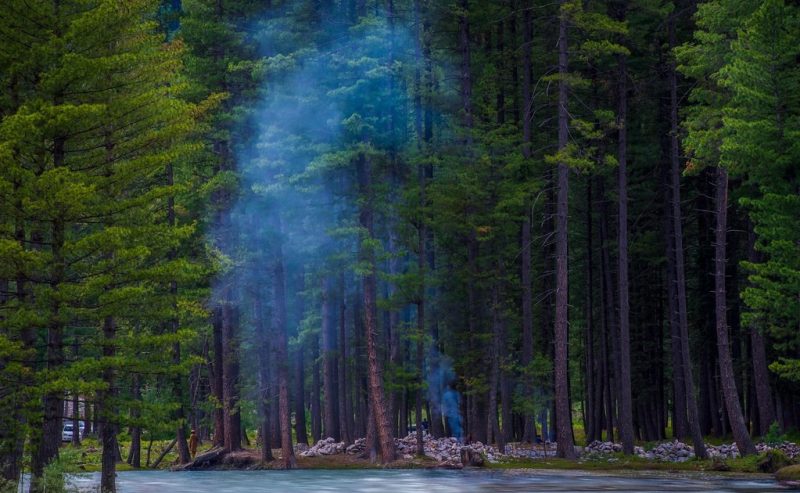
Fall in Kumrat is a brief yet captivating period. Temperatures start to drop, ranging from 5°C to 15°C, but the valley transforms into a colorful canvas. The changing leaves offer photographers and nature enthusiasts a visual treat. It’s a quieter time for visitors who enjoy peaceful walks and less crowded trails. While the valley’s famous sites, like Do Kala Chasma and Kund Banda, remain accessible, the chillier air signals the approach of winter.
Winter (November to April):
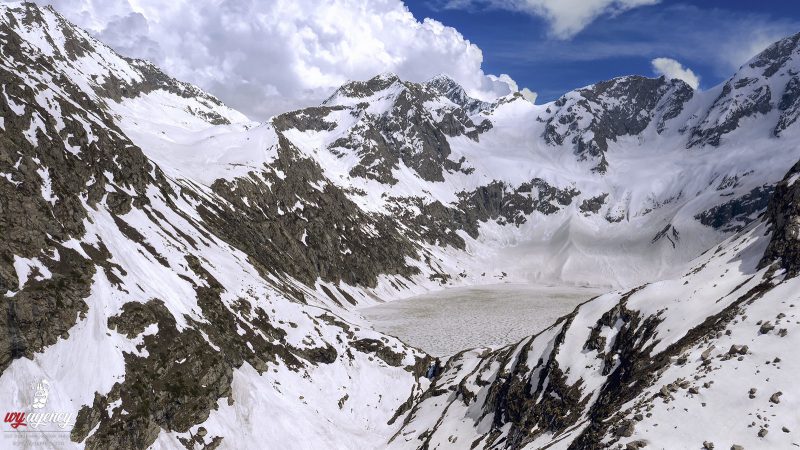
Winter in Kumrat is not for the faint-hearted. With temperatures plummeting to -4°C and lower, the valley turns into a snow-clad landscape. While snow lovers might appreciate the winter beauty, access becomes difficult. Badgoi Pass remains closed, and thick snow covers trails and roads. Adventurers who brave the cold can expect serene, frozen scenes, but the harsh conditions limit activities.
| Season | Temperature Range | Weather Conditions | Best Activities |
|---|---|---|---|
| Spring/Summer | 15°C – 25°C | Mild, green landscapes | Trekking, sightseeing, rafting |
| Fall | 5°C – 15°C | Cooler, vibrant foliage | Photography, peaceful walks |
| Winter | -4°C – -16°C | Harsh, snow-covered terrain | Limited access, snow viewing |
Road and Travel Considerations
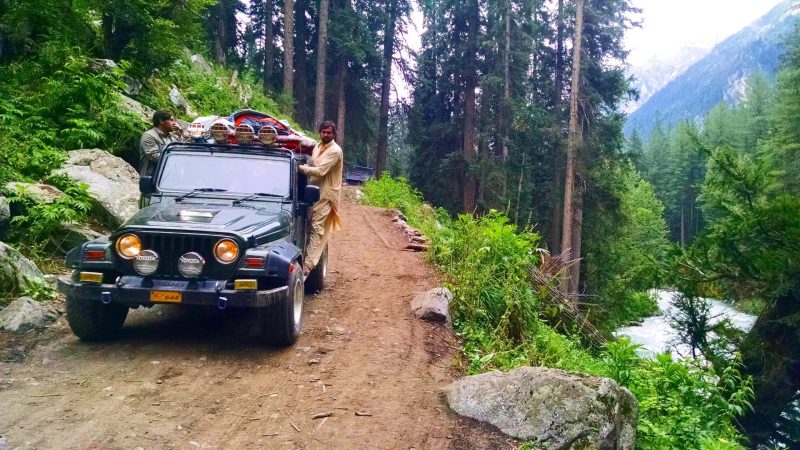
Kumrat’s road conditions require careful planning. Even during the best seasons, a 4×4 vehicle is recommended for navigating the rugged terrain. The path to the valley is often rough, with uneven roads making the journey bumpy. Visitors should also be prepared for minimal infrastructure, with the nearest major services located in Dir, far from the main attractions.
Environmental Awareness
With increasing popularity, Kumrat faces growing environmental challenges. Visitors are encouraged to practice responsible tourism, minimize waste, and respect the valley’s fragile ecosystem. By maintaining the valley’s pristine condition, future travelers can enjoy the same unspoiled beauty.
For a comfortable and memorable experience, May to September is the best time to visit, ensuring access to all of Kumrat’s treasures, from the peaceful Panjkora-River to the awe-inspiring Jahaz Banda Water falls.
Where to Stay in Kumrat Valley, Pakistan?
Kumrat offers a variety of accommodation options, from camping under the stars to staying in comfortable, scenic resorts. Whether you’re a nature lover who prefers setting up a tent or someone who enjoys modern amenities, you’ll find a stay that suits your needs. Here are some of the best places to stay during your visit:
Valhalla Resort Kumrat
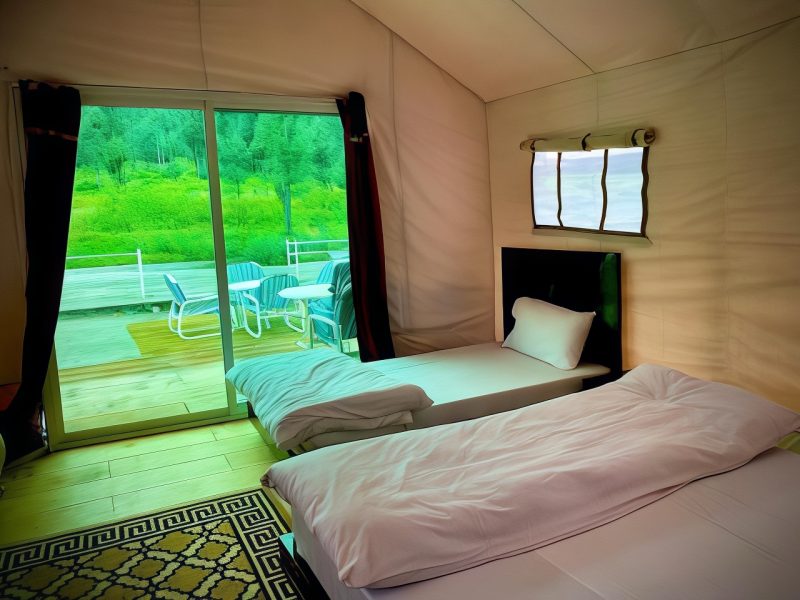
Rating: 4.7 | 47 Google Reviews
Valhalla Resort is a top-rated spot known for its peaceful surroundings and excellent accommodations. With spacious, clean rooms and proximity to a nearby water-fall, this resort offers a perfect combination of relaxation and adventure.
- Amenities and Price: Rooms range from Rs 10,000 to Rs 17,000 on weekdays. The resort offers a restaurant with riverside dining, making it an ideal place to enjoy nature.
| Type | Details |
|---|---|
| Phone | +92 305 900 4444, +92 300 085 5502 |
| valhallakumrat@gmail.com | |
| Address | Kumrat Rd, near Water-fall, Upper Dir |
Kumrat-Glamping Resorts
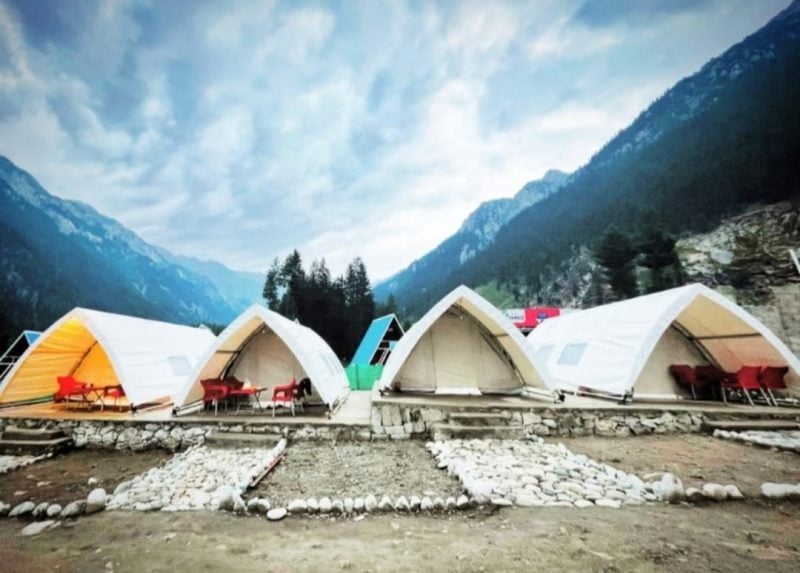
Rating: 4.3 | 59 Google Reviews
If you’re looking for a unique experience, Kumrat-Glamping Resorts offer both tent and room options. Located in the heart of Thall, this resort is known for providing a rustic yet comfortable stay.
- Amenities and Price: Tents start from Rs 10,000, while room prices begin at Rs 14,000. It’s a pet-free resort with no Wi-Fi, but the stunning surroundings more than makeup for it.
| Type | Details |
|---|---|
| Phone | 0323 1488290 |
| Address | Main Water-fall Road, Kumrat, Dir |
Khanabadosh Glamps Kumrat
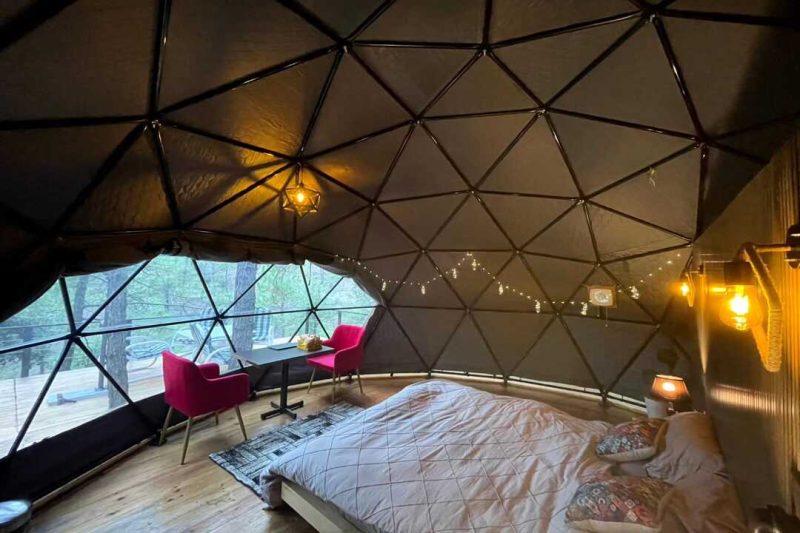
Rating: 4.7 | 208 Google Reviews
Khanabadosh Glamps is an excellent choice for those who want to enjoy camping without giving up modern comforts. With private balconies, river views, and 24/7 room service, it provides a perfect balance between adventure and luxury.
- Amenities and Price: Prices start at Rs 12,000 per night. The glamps include non-smoking rooms and family-friendly accommodations.
| Type | Details |
|---|---|
| Phone | 0316 1616002 |
| Address | Kumrat Rd, Kumrat, Upper Dir |
Infinity Villa and Resort Kumrat
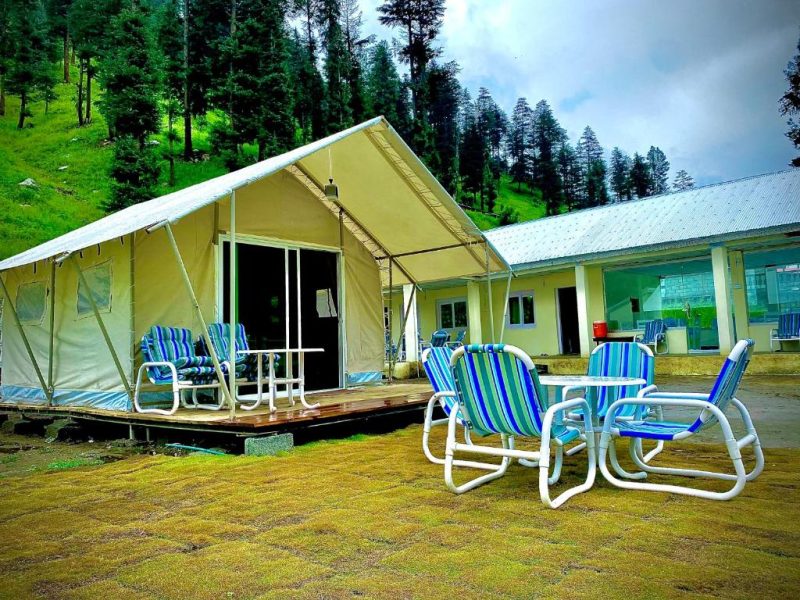
Rating: 5.0 | 25 Google Reviews
Highly regarded for its tranquil environment, Infinity Villa offers a luxurious stay surrounded by the forest and a river view. The resort is known for its peaceful ambiance and cultural setting.
- Amenities and Price: Rooms start at Rs 14,000 per night, and the property features a terrace and garden for guests to relax in.
Mountain-Lodge Resort

Rating: 4.8 | 37 Google Reviews
For an affordable yet serene experience, Mountain-Lodge Resort is a well-maintained option in the heart of Kumrat Valley. It offers cozy rooms and breathtaking river and hill views.
- Amenities and Price: Starting at Rs 14,000 per night, the resort offers Wi-Fi, breakfast service, and 24/7 room service, plus a riverside bonfire.
| Type | Details |
|---|---|
| Phone | +92 321 5374388 |
| Address | Mountain Lodge Resort, Kumrat, KPK |
Useful Tips for Traveling to Kumrat Valley
A trip to Kumrat is always going to be a memorable experience, but preparation is key to ensuring a smooth and enjoyable trip. Here are some practical and informed tips for traveling to Kumrat:
1. Best Time to Visit
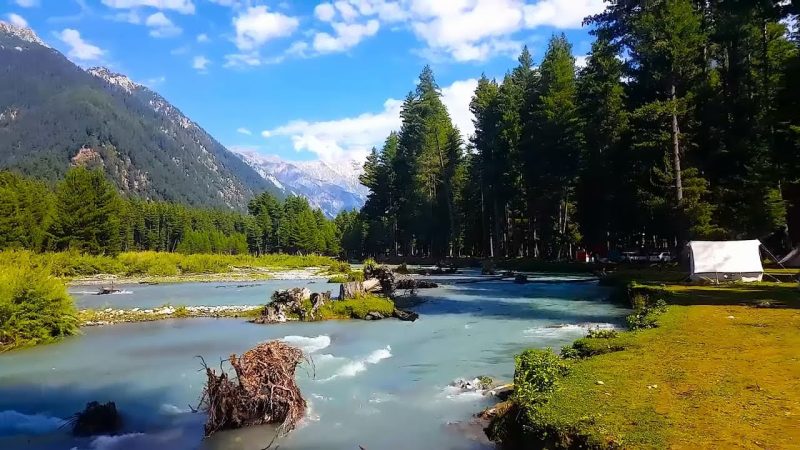
The ideal time to plan a trip to Kumrat is between May and September, during the warmer months. This period offers pleasant weather, green landscapes, and accessible roads. Avoid planning trips in winter (November to April) as heavy snowfall makes roads, including the Badgoi Pass, impassable.
2. Pack Essentials for Cold Weather
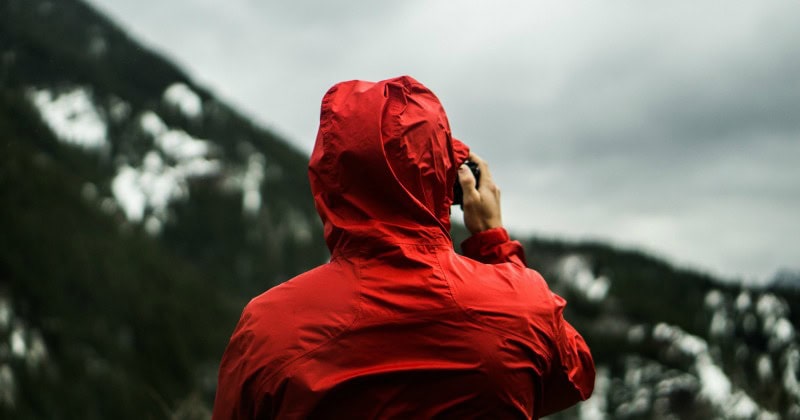
Even in summer, nights in Kumrat can get chilly, with temperatures dropping significantly. It’s wise to pack warm clothes, especially if you’re camping. Additionally, bring rain gear as monsoons can make the weather unpredictable.
3. Accommodation Options
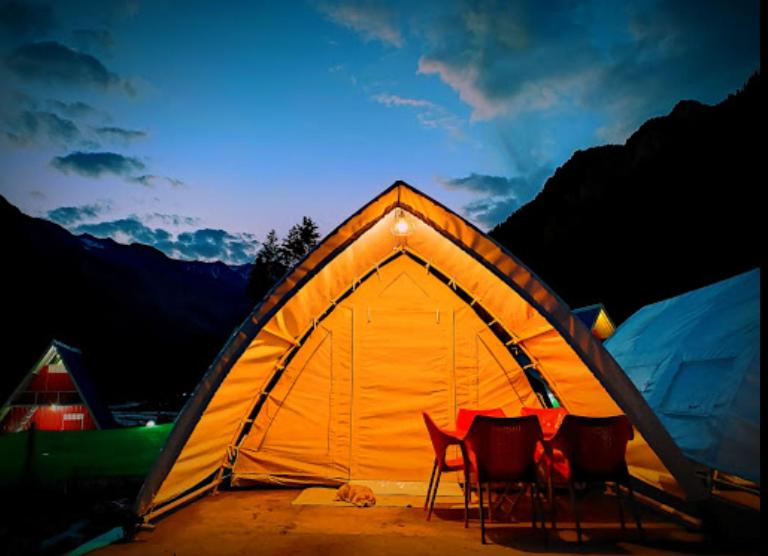
Kumrat has a range of accommodation, including resorts, hotels, and camping sites. Booking in advance is highly recommended during peak season (May to September). Bring camping gear if you plan on spending the night outdoors, as not all resorts offer tents or outdoor facilities.
4. Limited Connectivity

- Cell Service: Mobile phone signals are weak or non-existent in some areas of Kumrat, particularly for networks other than Jazz. Be prepared for limited connectivity.
- Wi-Fi: Most resorts don’t offer Wi-Fi, and you’ll need to rely on mobile data where available. Download maps and offline content before your trip.
5. Prepare for Basic Amenities
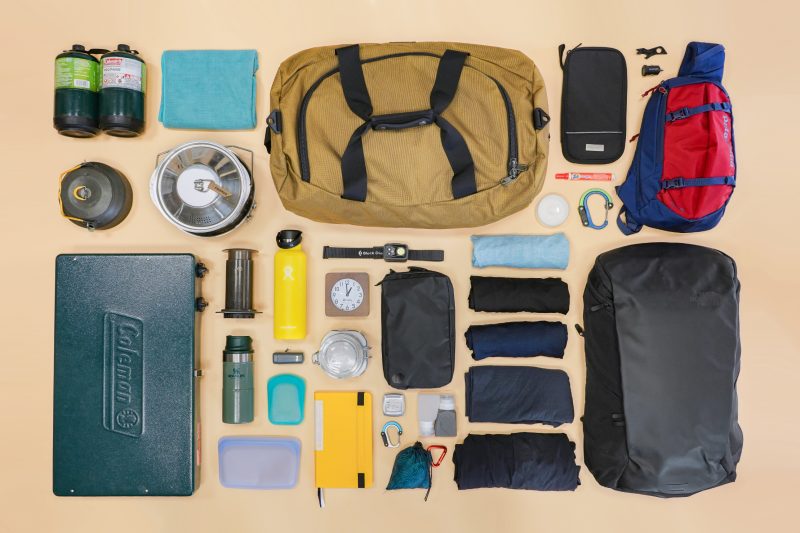
The infrastructure in Kumrat is still developing, with limited medical and hospitality services. The nearest town-Thal offers only basic supplies, so bring essential medications, first-aid kits, and anything you may need during your stay.
6. Food and Supplies

- Meals: Many hotels and resorts have on-site restaurants offering local and traditional cuisine. However, food choices may be limited in more remote areas. Carry snacks and water if you plan on hiking or spending long hours outdoors.
- Cash Only: Kumrat lacks ATMs, and most local establishments don’t accept credit cards. Ensure you carry enough cash for your stay.
7. Environmental Responsibility
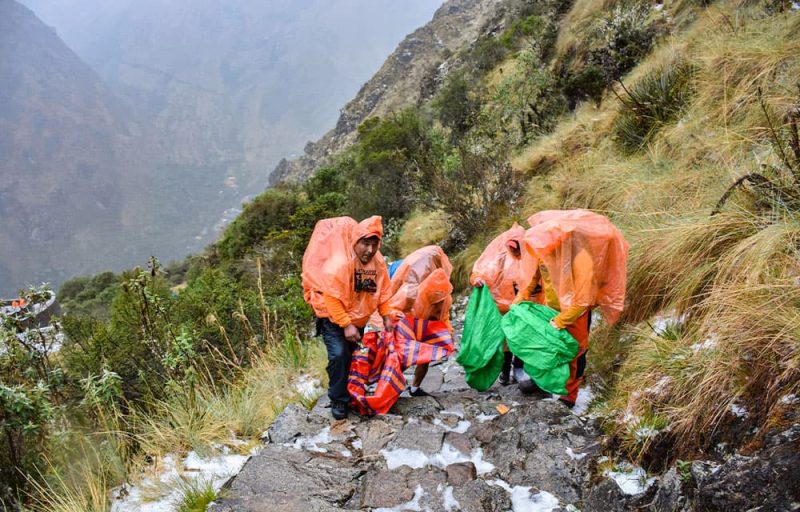
The natural beauty of Kumrat is pristine, and preserving it is crucial. Be a responsible traveler by:
- Avoiding littering. Bring trash bags and take your waste back to the nearest town for proper disposal.
- Keeping noise levels low to respect wildlife and other visitors.
- Following designated paths and trails to minimize your environmental footprint.
8. Safety and Health

- Altitude Consideration: Kumrat is situated at a relatively high altitude, and if you’re not accustomed to such elevations, take it easy on the first day to acclimatize.
- Medical Supplies: Given the lack of medical facilities in the valley, pack necessary medications and any other health supplies. The nearest medical services are located in Dir, which may be a long journey from Kumrat.
9. Travel Permits and Local Customs
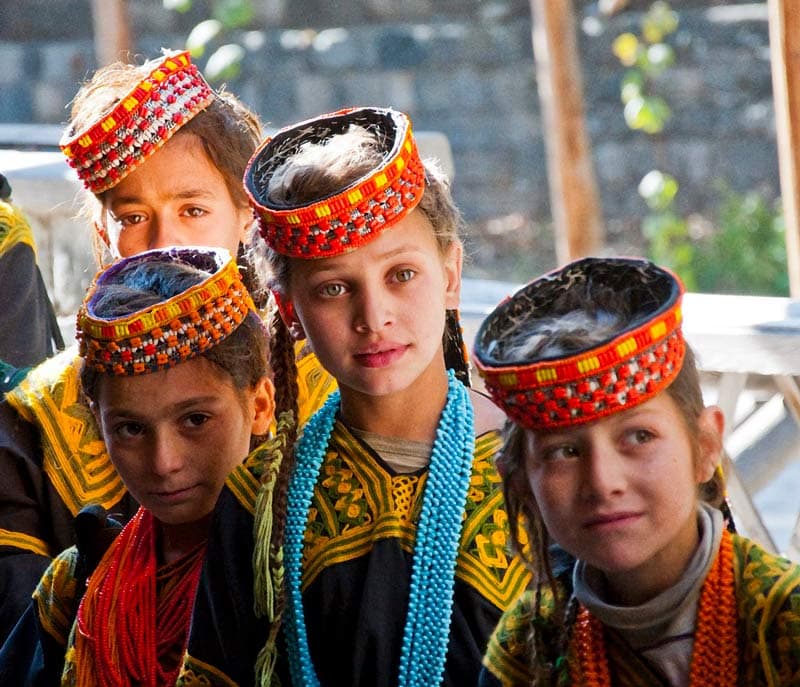
No special permits are required to enter Kumrat Valley. However, being respectful of local customs and traditions is important. Kumrat is home to small communities, so dress modestly and be mindful of local cultural sensitivities.
By following these tips, you’ll be well-prepared to experience the stunning landscapes, rivers, and forests that make Kumrat a truly unique destination.
Plan Your Trip To Kumrat Valley Today
Kumrat is a hidden gem waiting to be explored. From its lush forests and flowing rivers to the stunning mountains and serene landscapes, this destination promises an unforgettable adventure. You can camp under the stars, trek through beautiful trails, or simply soak in the natural beauty. Kumrat offers an experience like no other. Pack your bags, plan your trip, and get ready to embrace the magic of Kumrat Valley!
Frequently Asked Questions (FAQs)
What is the distance between Islamabad and Kumrat Valley?
The distance between Islamabad and Kumrat is approximately 350 kilometers. The journey typically takes around 7 to 8 hours by road, depending on traffic and road conditions.
What is the best time to duration Kumrat?
The best duration to plan a trip to Kumrat is between May and September. During these months, the weather is mild, making it ideal for exploring the valley and its attractions like the Kumrat Waterfall and Katora Lake.
How can I get to Kumrat Valley from Chak-dara?
From Chak-dara, you will take the Dir Road, leading you through Timergara and Upper Dir before reaching Thall. From there, the road to Kumrat requires a 4×4 jeep due to its rough conditions.
Are there popular tourist charms in Kumrat Valley?
Yes, Kumrat boasts several popular tourist destinations. Key places to visit include the stunning Kumrat Waterfall, the serene Katora Lake, and the lush Kumrat Forest. These spots offer stunning views and excellent opportunities for outdoor activities.
What are the travel options from Lahore to Kumrat Valley?
Traveling from the city of gardens to Kumrat Valley involves a drive of approximately 690 kilometers, which takes around 10 to 12 hours. Alternatively, you can fly to Islamabad and continue the journey by road, which might be quicker and more comfortable.
How is the weather in Kumrat Valley throughout the year?
The weather in Kumrat Valley varies significantly across seasons. Spring and summer (May to September) are mild and ideal for visiting. Fall (October) offers cooler temperatures and colorful foliage. Winter (November to April) is harsh with heavy snowfall, making travel difficult.
What is the route from the nearest town to Kumrat Valley like?
The route from Thall to Kumrat Valley is a rough, 45 km track that requires a sturdy 4×4 vehicle. The road is rocky and includes several water crossings, offering a rugged but scenic drive through dense forest.
What is the route from the nearest town to Kumrat Valley like?
The route from Thall to Kumrat Valley is a rough, 45 km track that requires a sturdy 4×4 vehicle. The road is rocky and includes several water crossings, offering a rugged but scenic drive through dense forest.
Are there any tour packages available for Kumrat Valley?
Yes, various tour packages are available that offer guided tours to Kumrat Valley. These packages typically include transportation, accommodation, and guided visits to major attractions.
What should travelers be aware of regarding the Kumrat Road?
The Kumrat Road is known for its challenging conditions, with uneven and rocky terrain. Travelers should prepare for a bumpy ride and ensure their vehicle is suitable for off-road driving.
Is Kumrat Valley a good destination for winter sports?
While Kumrat Valley’s winter landscape is stunning, it is not typically known for winter sports activities due to its remote location and challenging weather conditions. The harsh winter weather makes the area less accessible and limits winter sports opportunities.


